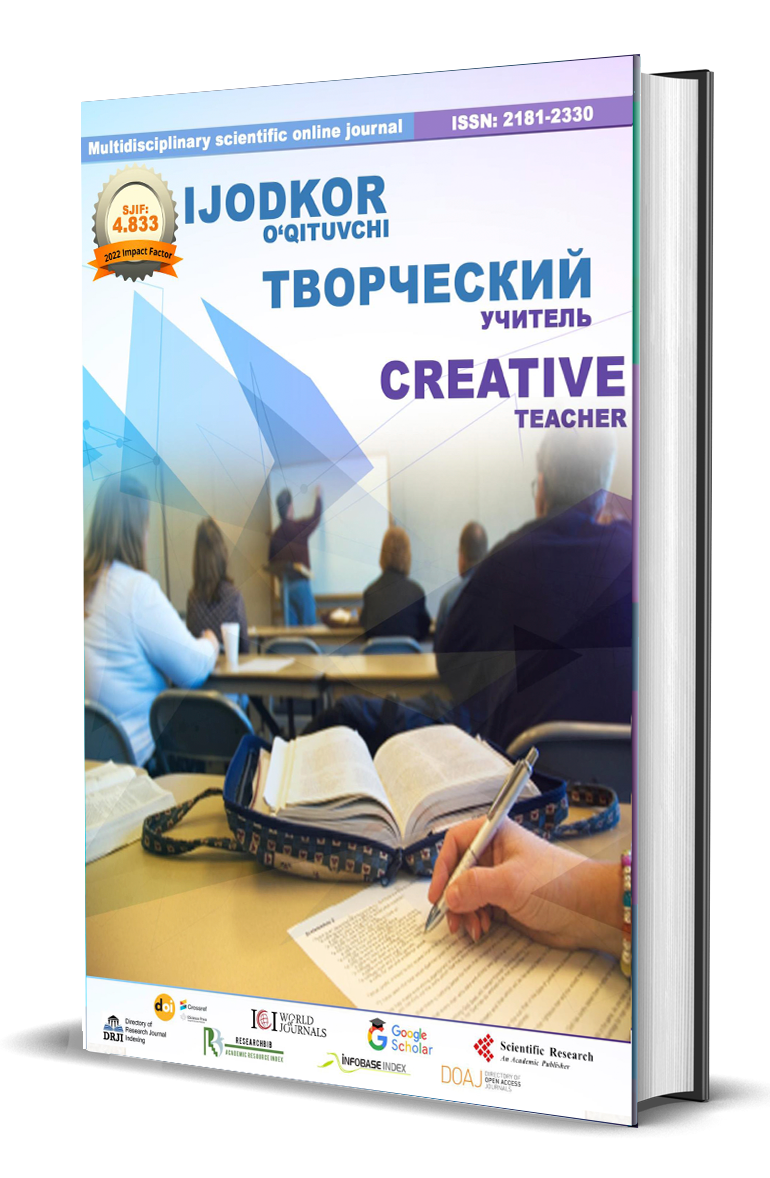THE INFLUENCE OF PEER PRESSURE ON TEENAGERS’ DECISION MAKING
Keywords:
peer pressure, adolescence, decision-making, social influence, academic performance, risk behaviorAbstract
This study investigates the influence of peer pressure on adolescent decision-making, with a focus on both its positive and negative impacts across behavioral, academic, and emotional domains. Adolescence is a formative period characterized by heightened sensitivity to social dynamics, particularly peer relationships. Using a mixed-methods approach, data were collected from 300 high school students aged 14–18 through structured surveys and semi-structured interviews. A stratified random sampling method ensured diversity across age, gender, socioeconomic, and cultural backgrounds. Quantitative analysis revealed that 65% of participants experienced peer pressure in social situations, with 42% admitting to engaging in risk behaviors such as smoking or skipping school due to peer influence. Conversely, 30% reported that peer encouragement motivated them academically and personally. Regression analysis indicated that peer pressure accounted for 18% of the variance in academic performance. Qualitative findings highlighted that younger adolescents and females were more susceptible to peer influence, particularly indirect forms. The study concludes that peer pressure operates as a dual force, capable of encouraging both risk-taking and positive development, depending on individual context. These insights underscore the importance of targeted interventions that build resilience, promote positive peer networks, and equip adolescents with critical decision-making skills. The research contributes to understanding peer dynamics and provides practical implications for educators, parents, and policymakers.
References
Ali, S., et al. (2011). Early detection of illicit drug use in teenagers. Innovations in Clinical Neuroscience, 8(11), 34-39.
Allen, M., et al. (2003). Comparing the influence of parents and peers on adolescent behavior: A review of the literature. Criminal Justice and Behavior, 30(4), 444-472.
American Psychological Association. (2023, February). Reducing social media use significantly improves body image in teens, young adults. https://www.apa.org/news/press/releases/2023/02/social-media-body-image
Bandura, A. (1977). Social learning theory. Englewood Cliffs, NJ: Prentice Hall.
Black, S. E., Devereux, P. J., & Salvanes, K. G. (2013). Under pressure? The effect of peers on outcomes of young adults. Journal of Labor Economics, 31(1), 119-153.
Bonein, A., & Denant-Boèmont, L. (2015). Self-control, commitment, and peer pressure: A laboratory experiment. Experimental Economics, 18(4), 543-568.
Brown, B. B. (2004). Adolescents’ relationships with peers. In R. M. Lerner & L. Steinberg (Eds.), Handbook of adolescent psychology (pp. 363–394). Hoboken, NJ: Wiley.
Chan, S. M., & Chan, K. W. (2013). Adolescents’ susceptibility to peer pressure relations to parent-adolescent relationship and adolescents’ emotional autonomy from parents. Youth & Society, 45(2), 286-302.
Dumas, T. M., Ellis, W. E., & Wolfe, D. A. (2012). Identity development as a buffer of adolescent risk behaviors in the context of peer group pressure and control. Journal of Adolescence, 35(4), 917-927.
Festinger, L. (1954). A theory of social comparison processes. Human Relations, 7(2), 117–140. https://doi.org/10.1177/001872675400700202
Hebert, A., Hernandez, A., Perkins, R., & Puig, A. (2023, March 1). Protecting your child’s privacy online. Consumer Advice. https://consumer.ftc.gov/articles/protecting-your-childs-privacy-online
Luxton, D. D., June, J. D., & Fairall, J. M. (2012). Social media and suicide: A public health perspective. American Journal of Public Health, 102(S2), S2-S6. https://www.ncbi.nlm.nih.gov/pmc/articles/PMC3477910/
Lyness, D. (2015, July). Peer pressure. Teens Health. https://kidshealth.org/en/teens/peer-pressure.html
Maurya, C., Muhammad, T., Dhillon, P., & Maurya, P. (2022). The effects of cyberbullying victimization on depression and suicidal ideation among adolescents and young adults: A three year cohort study from India. BMC Psychiatry, 22(1). https://bmcpsychiatry.biomedcentral.com/articles/10.1186/s12888-022-04238-x
Nixon, C. (2014). Current perspectives: The impact of cyberbullying on adolescent health. Adolescent Health, Medicine and Therapeutics, 143. https://www.dovepress.com/current-perspectives-the-impact-of-cyberbullying-on-adolescent-health-peer-reviewed-fulltext-article-AHMT
Potard, C., Courtois, R., & Rusch, E. (2008). The influence of peers on risky sexual behavior in adolescence. The European Journal of Contraception & Reproductive Health Care, 13(4), 365-373.
Raisingchildren.net.au. (2019). Peer pressure and influence: Teenagers. https://raisingchildren.net.au/articles/peer-pressure-and-influence-teenagers
Ryan, A. M. (2001). Peer groups as a context for the development of adolescent motivation and achievement. Child Development, 72(4), 1135–1150. https://doi.org/10.1111/1467-8624.00338
Steinberg, L., & Monahan, K. C. (2007). Age differences in resistance to peer influence. Developmental Psychology, 43(6), 1531–1543. https://doi.org/10.1037/0012-1649.43.6.1531
Twenge, J. M., Martin, G. N., & Campbell, W. K. (2017). Associations between screen time and lower psychological well-being among children and adolescents: Evidence from a population-based study. Preventive Medicine Reports, 6, 271–283. https://doi.org/10.1016/j.pmedr.2017.10.020
U.S. Department of Health & Human Services, Office of Adolescent Health. (2019, March 25). Peer pressure. https://www.hhs.gov/ash/oah/adolescent-health-topics/peer-pressure/index.html
Van Hoorn, J., van Dijk, E., Meuwese, R., Rieffe, C., & Crone, E. A. (2016). Peer influence on prosocial behavior in adolescence. Journal of Research on Adolescence, 26(1), 120-134.
Vogels, E. A. (2022, December 15). Teens and cyberbullying 2022. Pew Research Center: Internet, Science & Tech. https://www.pewresearch.org/internet/2022/12/15/teens-and-cyberbullying-2022/
Wentzel, K. R. (1998). Social relationships and motivation in middle school: The role of parents, teachers, and peers. Journal of Educational Psychology, 90(2), 202–209. https://doi.org/10.1037/0022-0663.90.2.202
Yuen Loke, A., & Mak, Y. W. (2013). Family process and peer influences on adolescent behavior. International Journal of Environmental Research and Public Health. https://doi.org/10.3390/ijerph10071847




